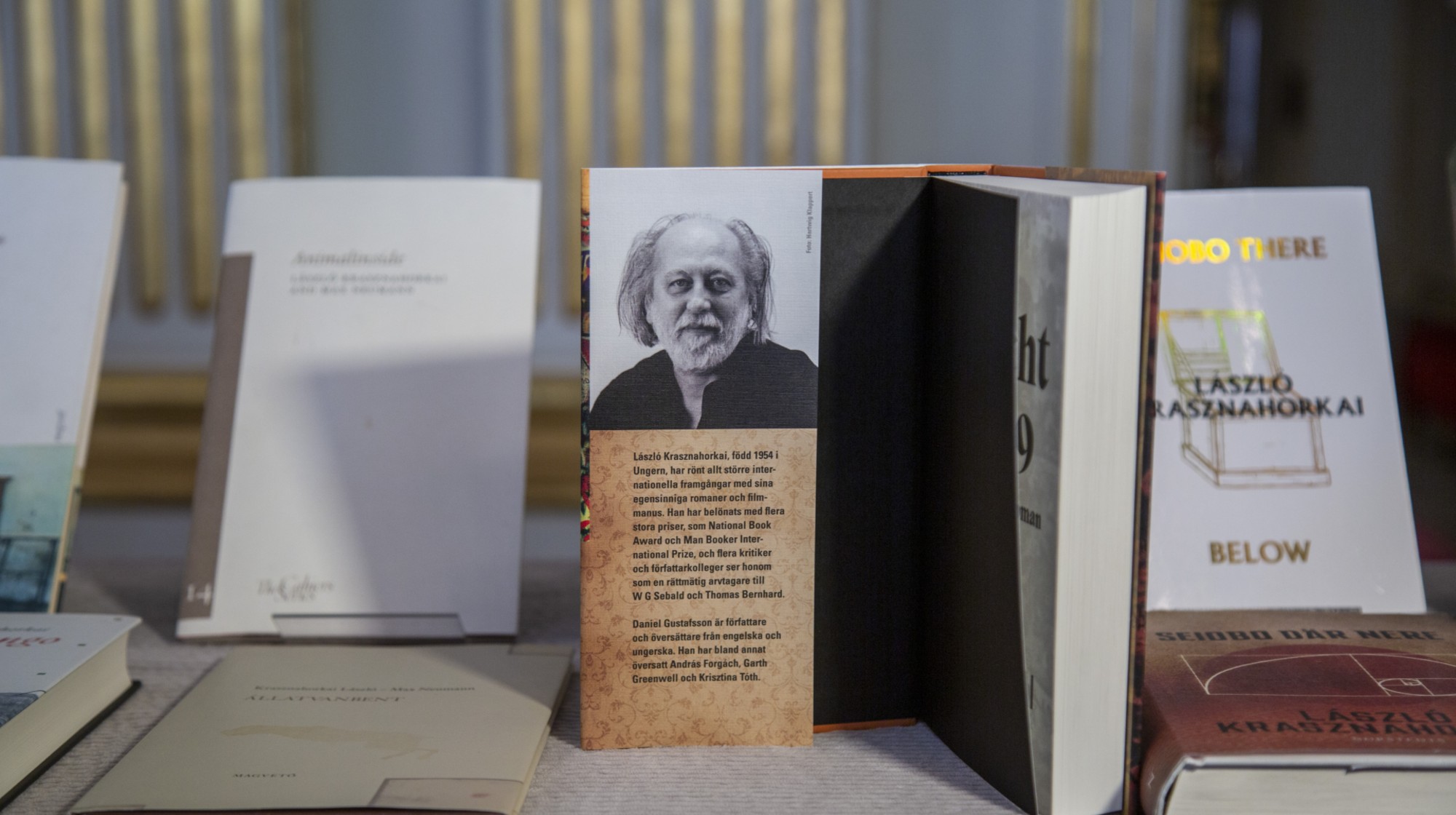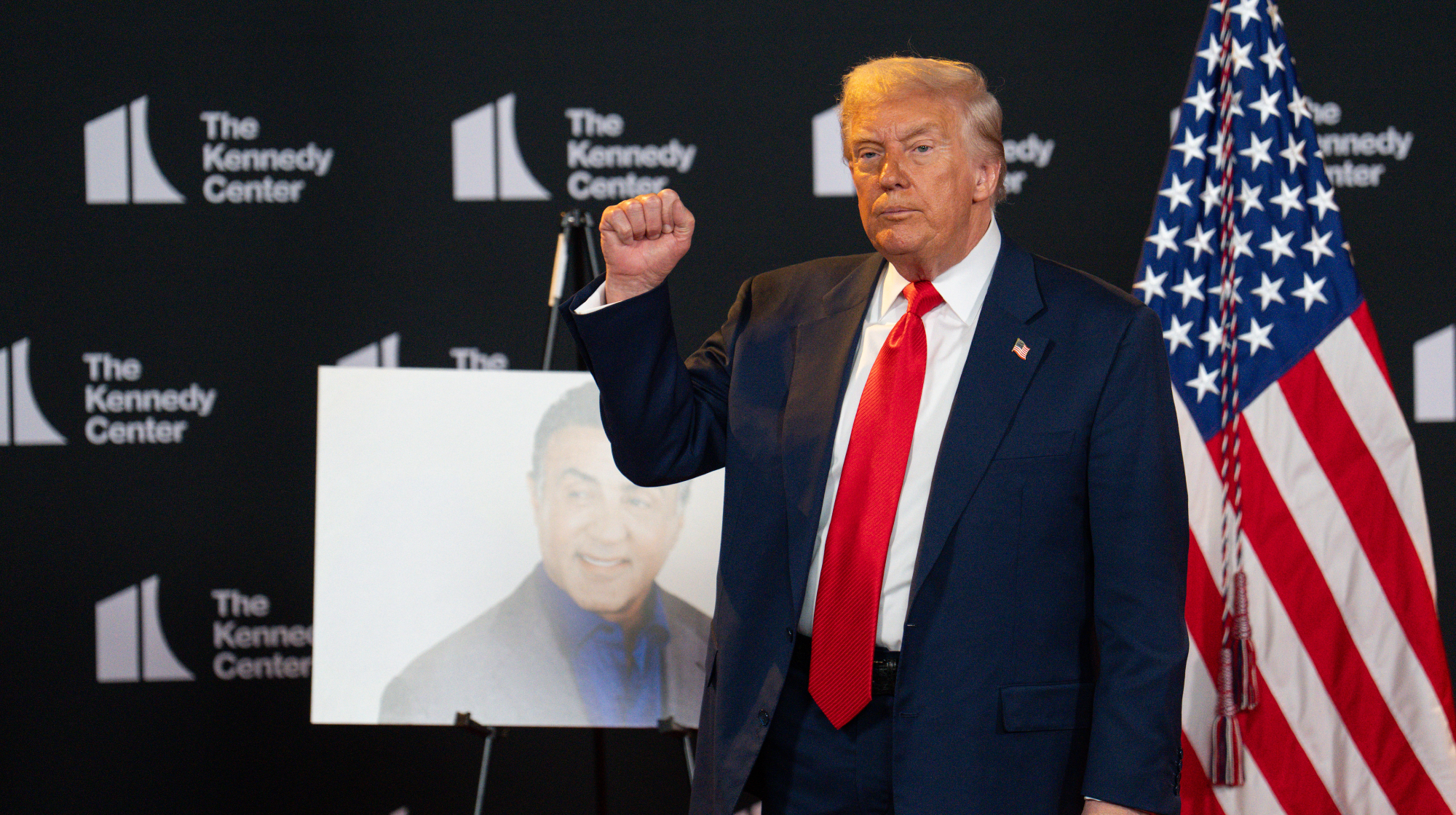John Oliver tries to palatably, definitively explain why Confederate monuments belong in museums


John Oliver's main topic on Sunday's Last Week Tonight was the Confederacy, but he began with "a beloved icon of my childhood" in Britain, Jimmy Savile. After Savile died, it emerged he was a child sex offender, and all monuments to him were taken down, "because once we found out that he was a monster, we accepted it was no longer appropriate to publicly glorify him," Oliver said. The Confederacy, he suggested, is "America's track-suit sex offender," and since the debate over what to do with its monuments "is clearly not going away, we wanted to take a look at some of the arguments."
"The key fact about the Civil War," Oliver said, is that "the Confederacy was fighting for the preservation of slavery. And that's not my opinion. That is just a fact." It's an especially hard one to swallow if a relative fought for the Confederacy, he conceded, and "I honestly get wanting a more comfortable history for your family, but in doing so, you can't invent a more comfortable history for your country, because you'd be erasing the actual painful experiences of many Americans."
Oliver went through how various celebrities reacted to learning about their own Confederate ancestry. "Look, Larry David is not responsible for what his ancestors did — none of us are," he said. "I have to believe that, because I'm English." But personally and as a nation, America has to "actively, painfully come to grips with slavery and the lasting benefits and disadvantages that it conferred in ways that, frankly, we haven't yet."
The Week
Escape your echo chamber. Get the facts behind the news, plus analysis from multiple perspectives.

Sign up for The Week's Free Newsletters
From our morning news briefing to a weekly Good News Newsletter, get the best of The Week delivered directly to your inbox.
From our morning news briefing to a weekly Good News Newsletter, get the best of The Week delivered directly to your inbox.
"Monuments are not how we record history," Oliver said, pointing to books, museums, and Ken Burns' documentaries. "Statues are how we glorify people." He ended with some alternative statues for four places with Confederate ones, and one of his replacements was an old friend from The Daily Show. Peter Weber

A free daily email with the biggest news stories of the day – and the best features from TheWeek.com
Peter has worked as a news and culture writer and editor at The Week since the site's launch in 2008. He covers politics, world affairs, religion and cultural currents. His journalism career began as a copy editor at a financial newswire and has included editorial positions at The New York Times Magazine, Facts on File, and Oregon State University.
-
 How weight-loss jabs are changing the way we eat
How weight-loss jabs are changing the way we eatIn The Spotlight Anti-obesity drugs have been a boon for Babybel but are supermarkets ready for a slimmed-down Christmas?
-
 Sudoku hard: December 18, 2025
Sudoku hard: December 18, 2025The daily hard sudoku puzzle from The Week
-
 Crossword: December 18, 2025
Crossword: December 18, 2025The daily crossword from The Week
-
 Son arrested over killing of Rob and Michele Reiner
Son arrested over killing of Rob and Michele ReinerSpeed Read Nick, the 32-year-old son of Hollywood director Rob Reiner, has been booked for the murder of his parents
-
 Rob Reiner, wife dead in ‘apparent homicide’
Rob Reiner, wife dead in ‘apparent homicide’speed read The Reiners, found in their Los Angeles home, ‘had injuries consistent with being stabbed’
-
 Hungary’s Krasznahorkai wins Nobel for literature
Hungary’s Krasznahorkai wins Nobel for literatureSpeed Read László Krasznahorkai is the author of acclaimed novels like ‘The Melancholy of Resistance’ and ‘Satantango’
-
 Primatologist Jane Goodall dies at 91
Primatologist Jane Goodall dies at 91Speed Read She rose to fame following her groundbreaking field research with chimpanzees
-
 Florida erases rainbow crosswalk at Pulse nightclub
Florida erases rainbow crosswalk at Pulse nightclubSpeed Read The colorful crosswalk was outside the former LGBTQ nightclub where 49 people were killed in a 2016 shooting
-
 Trump says Smithsonian too focused on slavery's ills
Trump says Smithsonian too focused on slavery's illsSpeed Read The president would prefer the museum to highlight 'success,' 'brightness' and 'the future'
-
 Trump to host Kennedy Honors for Kiss, Stallone
Trump to host Kennedy Honors for Kiss, StalloneSpeed Read Actor Sylvester Stallone and the glam-rock band Kiss were among those named as this year's inductees
-
 White House seeks to bend Smithsonian to Trump's view
White House seeks to bend Smithsonian to Trump's viewSpeed Read The Smithsonian Institution's 21 museums are under review to ensure their content aligns with the president's interpretation of American history
